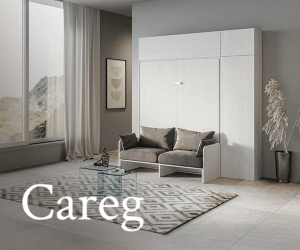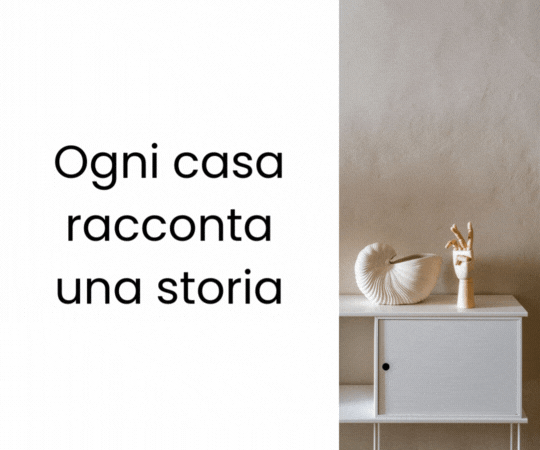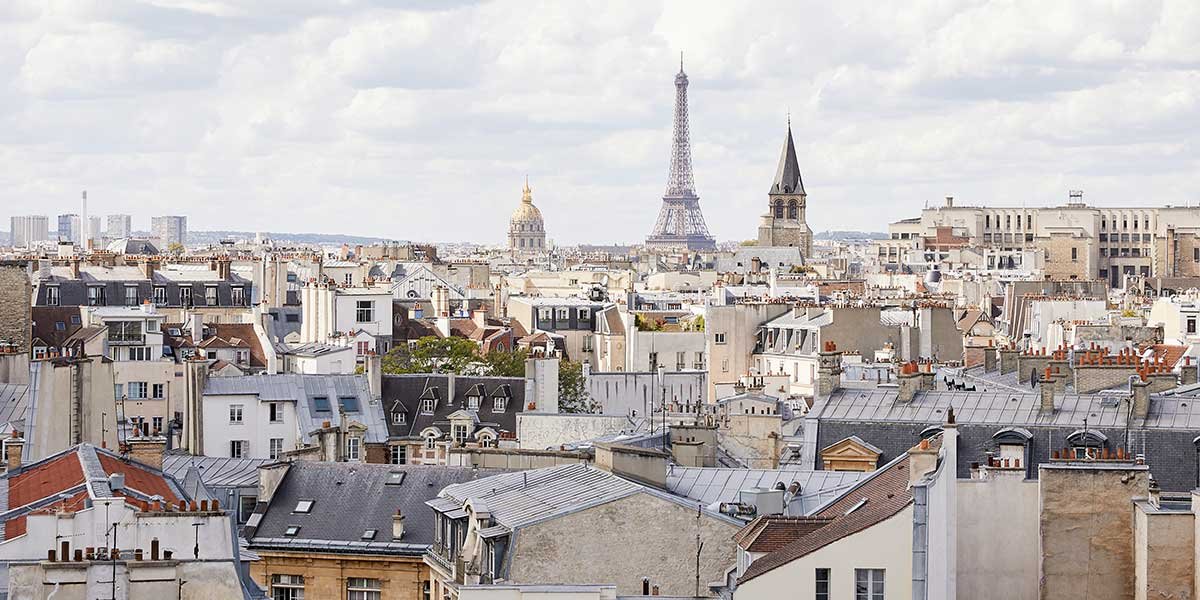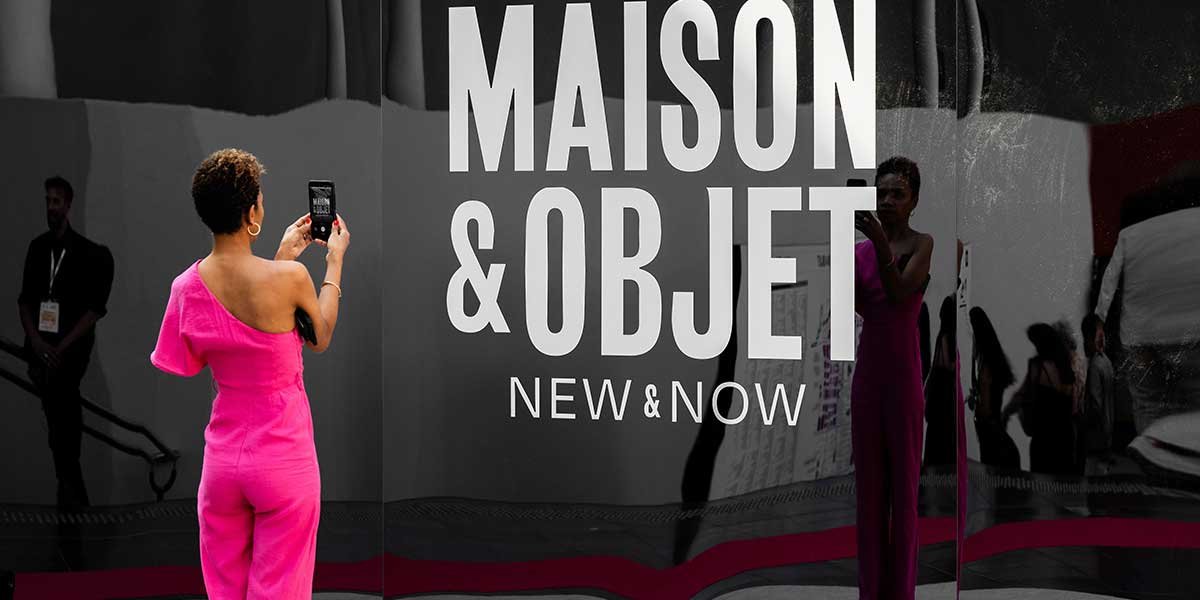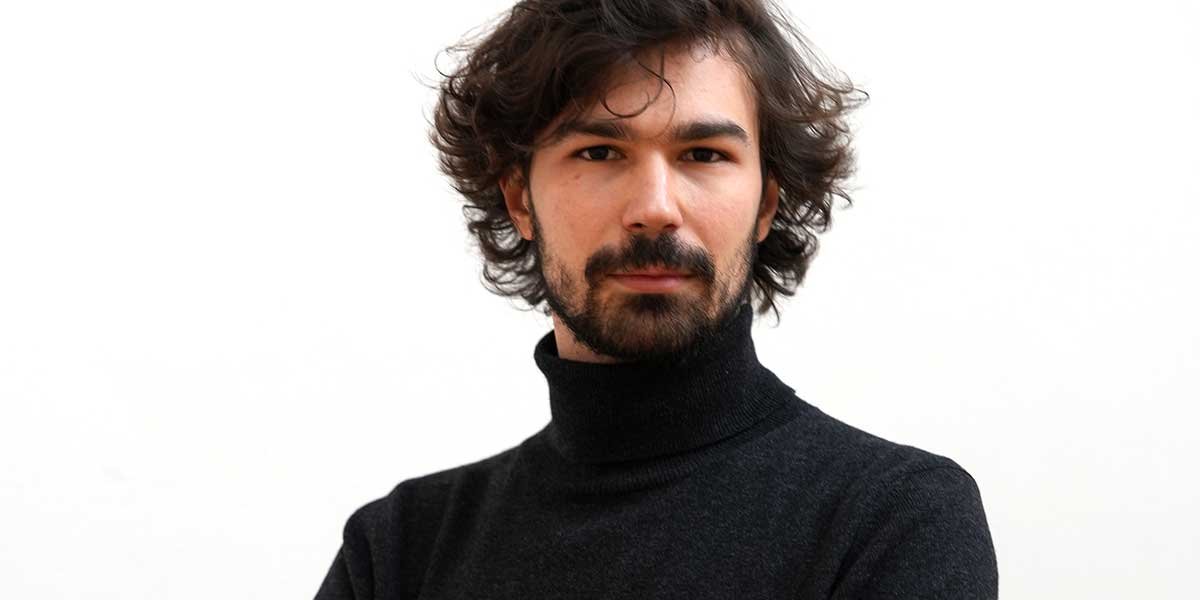by Evi Mibelli.
Observing the vast and multifaceted production of Oki Sato – founder of the Nendo design studio – one instinctively thinks of Osvaldo Cavandoli, Bruno Munari and a quote from Hagakure.
Osvaldo Cavandoli was the genius from whose pencil the cartoon La Linea was born, the little man who came to life along an infinite straight line. Following Bruno Munari whose ability to observe the world through the eyes of a child has given us design objects with a touching poetic simplicity. And finally the quote from the Hagakure – The secret book of the Samurai – which reads: “Existing where there is nothing is the meaning of the phrase: Form is emptiness. And the fact that everything draws its sustenance from nothing is the meaning of the phrase: Emptiness is form. It would be wrong to think that these are two distinct concepts.”
Entrance to the exhibition “Escher x Nendo. Between Two Worlds” at the National Gallery of Victoria, Melbourne, 2018-2019

A long premise that summarizes the poetic style and design uniqueness of this formidable designer, born on 24 December 1977 in Toronto and settled in Japan, where he studied architecture at Waseda University in Tokyo. In 2002, the same year as his graduation, he founded the Nendo design studio.
Nendo, in Japanese, means ‘clay’. Clay is modelled, molded and follows the evolution of thought which materializes in form. The choice of the name is therefore not accidental because it explains Oki Sato‘s conceptual approach to the project very well, be it design, exhibition or architecture.
One of the rooms of the “Escher x Nendo. Between Two Worlds”, Melbourne, 2018-2019

Considered a “minimalist” – a definition he doesn’t like – his production is based on an acrobatic capacity for synthesis that subtracts the superfluous, while maintaining a wealth of suggestions of rare power. He loves to move on an inclined plane of thought, sliding between the concepts of invisible, visible and border.
“It’s a way of looking at things that isn’t simply about the object. Looking at boundaries means discovering ways to go beyond them, overcoming stereotypes and rules. Open your mind to imagination. The boundaries can be between fashion and design, between light and furniture. I love exploring that middle ground“.
One of the rooms of the “Escher x Nendo. Between Two Worlds”, Melbourne, 2018-2019

Important is the exhibition “Escher x Nendo. Between Two Worlds”, held in 2018-19 in Melbourne, at the National Gallery of Victoria. “Every artist or designer has their own toolbox. With these you get involved by deciding on their use: following the rules you have learned or delving into something you have never experienced. Escher tackles the theme of visual illusion with mathematical precision, demonstrating how one can play with the common sense of reality.” Where is the border? What is reality? You find yourself suspended between two worlds where the possible merges with the impossible.
Chiostro Minore of San Simpliciano, in the Brera area, during the 2016 design week. Nendo pays homage to its land with the “50 Manga Chairs” installation inspired by Manga culture, created for the Friedman Benda Gallery in New York. Photo by Takumi Ota

“By doing research we understood that the way in which Escher created his worlds, his images, resembles a computer program where variables are added to a starting formula that modify the initial image. Nendo followed the same mutation process. The icon of the house is the common thread. You find it on a bench but also in a corridor or in the projection of shadows on illuminated surfaces. No colour, just black and white which represent the world of light.” The result is surprising: it represents Escher’s space itself losing itself in infinite circularity, in the absence of gravity and time.
On the left, Think Black Table, design Nendo, 2011, for Cappellini; on the right, WAKU coat hanger with mirror, design Nendo, 2018, for Cappellini

Working on different conceptual levels at the same time is what makes Oki Sato unique in the contemporary design panorama. As already written, he doesn’t like to be called a minimalist. In reality he has a very precise idea of his work: “Design works when my grandmother and my children immediately understand my idea.” Immediacy and fun.
This last word must be understood within the function of the object. “I’m not particularly interested in colors or aesthetics as an end in themselves, but in the story behind a product. The object must speak, it must have its own language autonomy“.
Cabbage Chair designed for the “XXIst Century Man Exhibition” curated by Issey Miyake, Tokyo, 2008. Photo by Masayuki Hayashi

His approach to the creative process is deceptively simple. “I’ll start by making a sketch, not even very good to tell the truth. Once we have focused on the idea, we move on to the 3D printer (he has 4 of them, divided between the studio in Tokyo and the one in Milan) which builds a physical model in a very short time and we work on this. We use this procedure whether it is a piece of chocolate or a shopping mall.”
The use of digital technology is certainly one of the tools he best masters and which allow him to multitask, tackling the development of multiple projects at the same time. His endless production testifies to this. “Technology is a formidable ally of the project as long as you know how to manage it. It allows you to create things beyond your own imagination. But you can also lose the idea, the theme of your project. And it is a risk that must be avoided.”
Heco Collection by Nendo for Flos. Outdoor lighting and furniture, 2020.
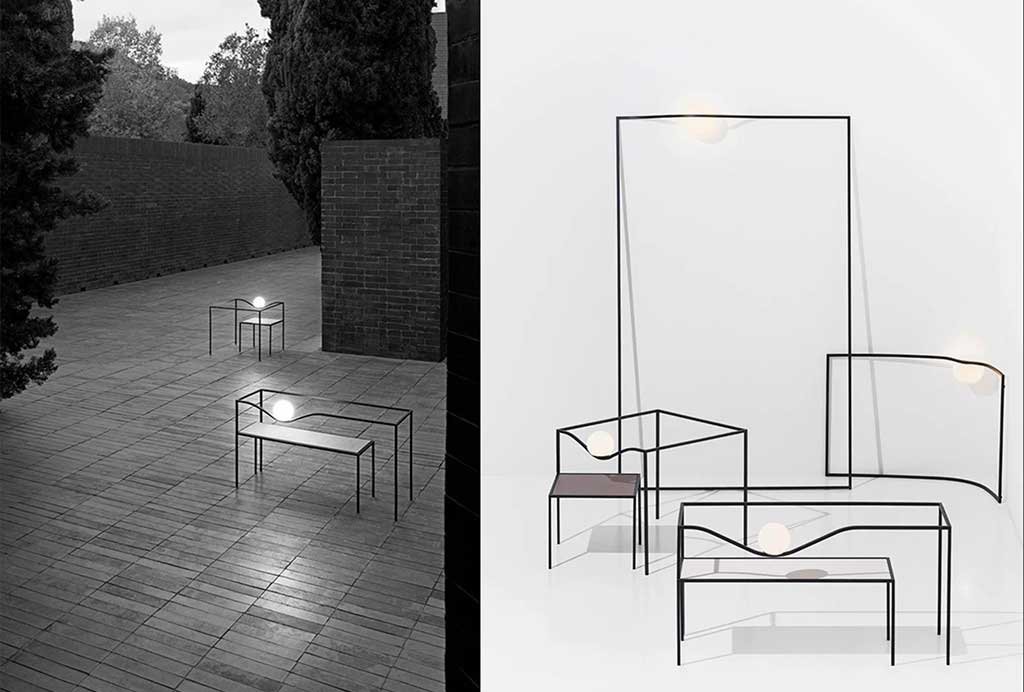
Punctual, ironic, essential, poetic. Its design is a perfect symphonic score, where rhythm mixes with melody, the sign with geometry and volumes in a Zen master’s balancing act. But it will never be an exercise in style because he underlines: “An object is created to perform a function, it must be easy to use and must be respectful of the environment for which it is intended. It’s the most important thing you have to think about as a designer.”
On the left, Ribbon stool in bent sheet metal, design Nendo, 2007, for Cappellini; on the right, Deep Sea collection in crystal, design Nendo, for Glas Italia, 2013

He has worked for companies such as Moroso, Cappellini, Minotti, De Padova, MDF, Foscarini, Flos, Oluce, Driade, Glas Italia, Marsotto and others abroad. Collaborations that bring out his undisputed predilection for Italy and its design culture, so much so that it led him to open a permanent Nendo headquarters in Milan.
He has received international awards and recognition, exhibitions at the MOMA in New York, at the Center Pompidou and at the Museé des Arts Décoratifs in Paris. What is surprising is his capacity for synthesis, for uniting aesthetic worlds that are completely different in history and evolution. It is not far-fetched to think that Oki Sato is a bridge between East and West. And it’s not surprising when you think about how much you love “the middle ground”, the place where the possible mixes with the impossible.
On the cover, Oki Sato founder of Studio Nendo








